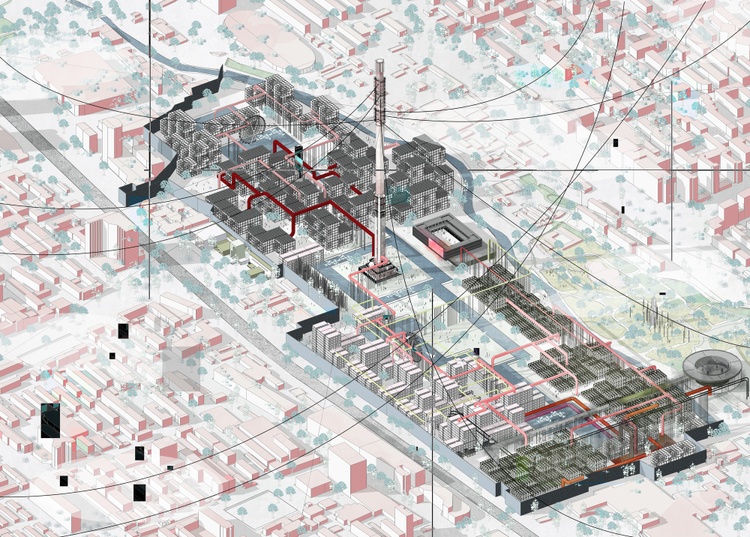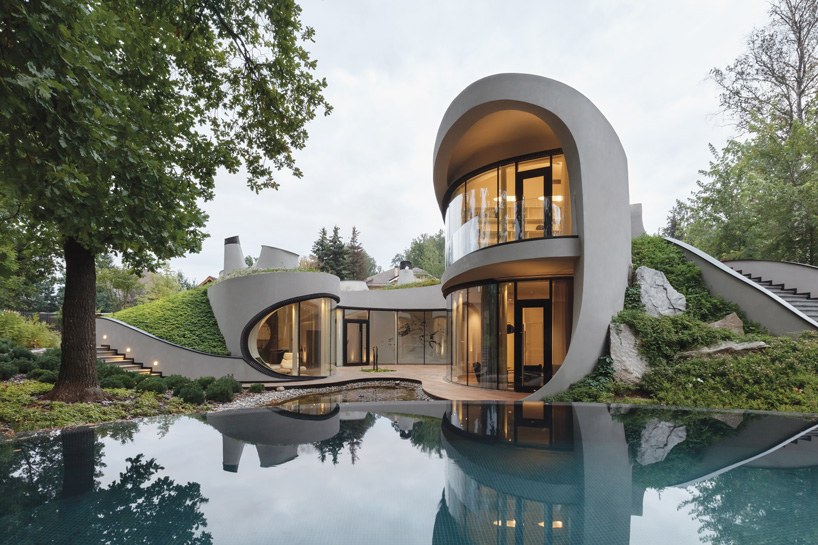Comprehending the Collaborative Refine In Between Designers and Designers in Modern Construction Projects
The collaborative procedure in between designers and designers is important in modern-day building and construction tasks, as it harmonizes design intent with engineering usefulness. Exploring these characteristics discloses insights that might significantly impact task outcomes and general sector standards.
The Value of Partnership
The joint synergy between designers and designers is essential for the successful awareness of any kind of construction job. This partnership unites distinct proficiency and perspectives, allowing the combination of cutting-edge layout with practical engineering services. By collaborating, engineers and designers can guarantee that a task not only meets aesthetic and functional requirements but also follows security, sustainability, and monetary restrictions.
Partnership fosters a common vision, facilitating the alignment of objectives and assumptions from the start. This positioning is crucial in addressing potential obstacles and mitigating threats that could occur during the project lifecycle. A collaborative method allows for the efficient appropriation of sources, maximizing both time and expense.
The importance of cooperation reaches the iterative process of layout and building, where feedback from designers can notify architectural choices, causing even more feasible and lasting styles. Conversely, engineers can influence engineers to think artistically regarding how to attain structural stability without jeopardizing artistic intent. Inevitably, the collective partnership between architects and designers is not merely helpful; it is essential to the production of premium, practical, and ingenious built atmospheres that meet the requirements of culture.
Communication Strategies and Tools
Efficient communication methods and devices are essential for cultivating collaboration in between engineers and engineers throughout the job lifecycle. Developing clear channels of interaction is necessary to make sure that all employee are lined up with task objectives, timelines, and duties. Regular meetings, both in-person and online, provide chances for stakeholders to review progress, address issues, and make notified choices.
Utilizing project administration software program, such as BIM (Structure Information Modeling) platforms, improves cooperation by making it possible for real-time sharing of design modifications and technical specs. These devices promote transparency, allowing architects and engineers to picture modifications and analyze their influence on the total project.

Shared Objectives and Job Vision

Establishing common objectives includes open discussion and a comprehensive understanding of each technique's contributions. Designers commonly focus on layout intent, spatial relationships, and individual experience, while designers emphasize structural honesty, systems functionality, and compliance with laws (cda architects). When these perspectives are lined up, the outcome is a natural task that abides by both innovative desires Web Site and technological feasibility
Additionally, a distinct task vision cultivates accountability among team members, motivating each individual to take possession of their duty in achieving the desired result. Routine check-ins and joint workshops can better reinforce this commitment, allowing for adjustments to be made as the job develops. Eventually, a common vision not just improves synergy however also elevates the top quality of the last deliverable, bring about successful project completion.
The Role of Technology
Leveraging innovation has actually come to be essential in enhancing partnership in between engineers and designers. Building Information Modeling (BIM) stands out as a critical innovation, permitting both engineers and designers to create detailed 3D models that encapsulate style intent and structural stability.
Additionally, cloud-based systems make it possible for smooth cooperation, allowing project stakeholders to access and update project data from anywhere. This fosters a culture of transparency and accountability, as changes can be tracked and reviewed in real-time. Additionally, mobile applications further enhance communication, providing on-site groups with prompt accessibility to job specs and updates.
Emerging innovations such as expert system and artificial intelligence are also starting to contribute in anticipating evaluation, assisting teams identify potential concerns prior to they develop. Eventually, the role of technology in architecture-engineering cooperation not just enhances process efficiencies but also boosts advancement, causing more effective task results. By embracing these technical improvements, designers and engineers can make certain a much more cohesive and effective collective process throughout the construction lifecycle.
Study in Successful Collaborations
Many study highlight the profound impact of effective collaborations between engineers and engineers on project end results. One significant example is the collaboration on the High Line in New York City City, where landscape engineers, engineers, and metropolitan organizers functioned together to change an abandoned railway into a lively public park. This multidisciplinary approach not just enhanced the aesthetic quality however also made certain structural safety and security and environmental sustainability.
An additional exemplary instance is the style and construction of the Sydney Opera Residence. The partnership in between designer JÃ ¸ registered nurse Utzon and structural designer Ove Arup exemplified cutting-edge analytical. Their cooperation allowed for the famous shell-like layout while dealing with complicated design challenges, eventually bring about a timeless architectural work of art.
The Burj Khalifa in Dubai further shows the significance of collaborative efforts. cda architects. The assimilation of architecture and engineering expertise allowed the job group to attain unprecedented heights while adhering to security guidelines and visual vision
These instances emphasize the relevance of interaction, trust, and shared objectives. In today's complex construction atmosphere, such partnerships are vital to browsing obstacles and supplying tasks that fulfill both useful and visionary objectives.
Verdict
Finally, the cooperation in between engineers and designers is necessary for the success of contemporary building jobs. Efficient communication techniques, a common project vision, and the assimilation of innovative modern technologies are critical components that promote this collaboration. By promoting a culture of liability Learn More and leveraging devices such as Building Information Modeling (BIM), groups can browse job complexities, making certain that visual, practical, and sustainability objectives are attained. Eventually, this synergy leads to cutting-edge and successful project end results.